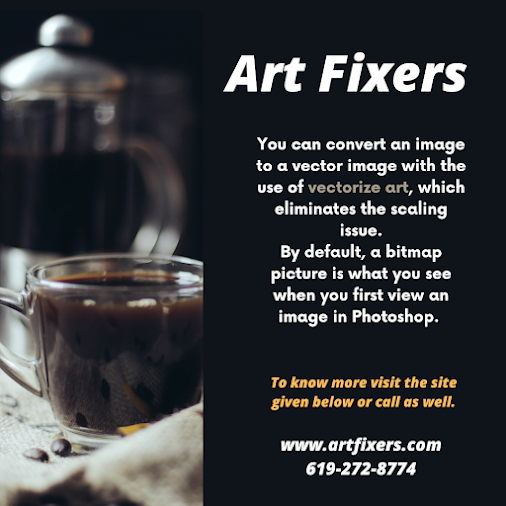Excellent applications to perform vector conversion are available to helping you with your images and offering several benefits over bitmap images. For instance, you have a bitmap image and you want to convert to vector layout before using it so that you can leverage the benefits of vector graphics with a few of software you'll find in the Illustrator.
Let’s discuss to how an image can be converted to vector?
Vector Factory: Professional hand-made vector conversions:
To ascertain your image is properly converted into vector, to do is professionally and manually know more about vector factory, what it offers you exactly, super affordable and quick service or not. Hand-made vectorization of logos, illustrations and other JPG images, and even photographs, all done by professional experts, in a very easy, simplified process done entirely on their website. This is a very master service with lots of advantages. You only need to get started just by signing up for free and creating your account.
Here you can upload images to get a quote on Convert to vector. If you are comfortable with the quote, you can quickly click on the image in your account and go forward with payment. Once payment is received the work procedure gets started, also you will get a JPG screenshot evidence of the work within 24 and 48 of working hours. The remaining process’ duration depends on if you want to make changes, how many, and how complex they are. Once the conversion is approved by you, the artist will deliver the final vector file to your account.
File formats for convert to vector images:
Visit Art Fixers Now.








